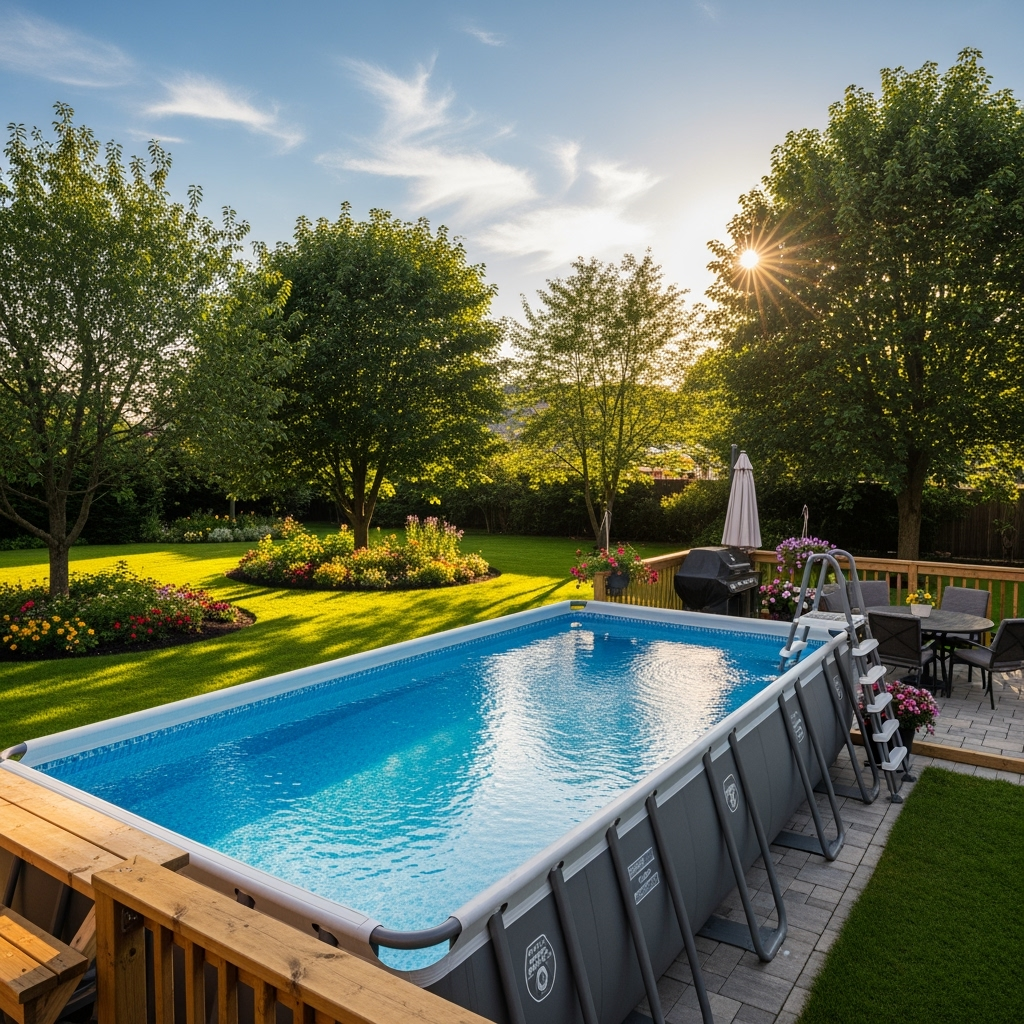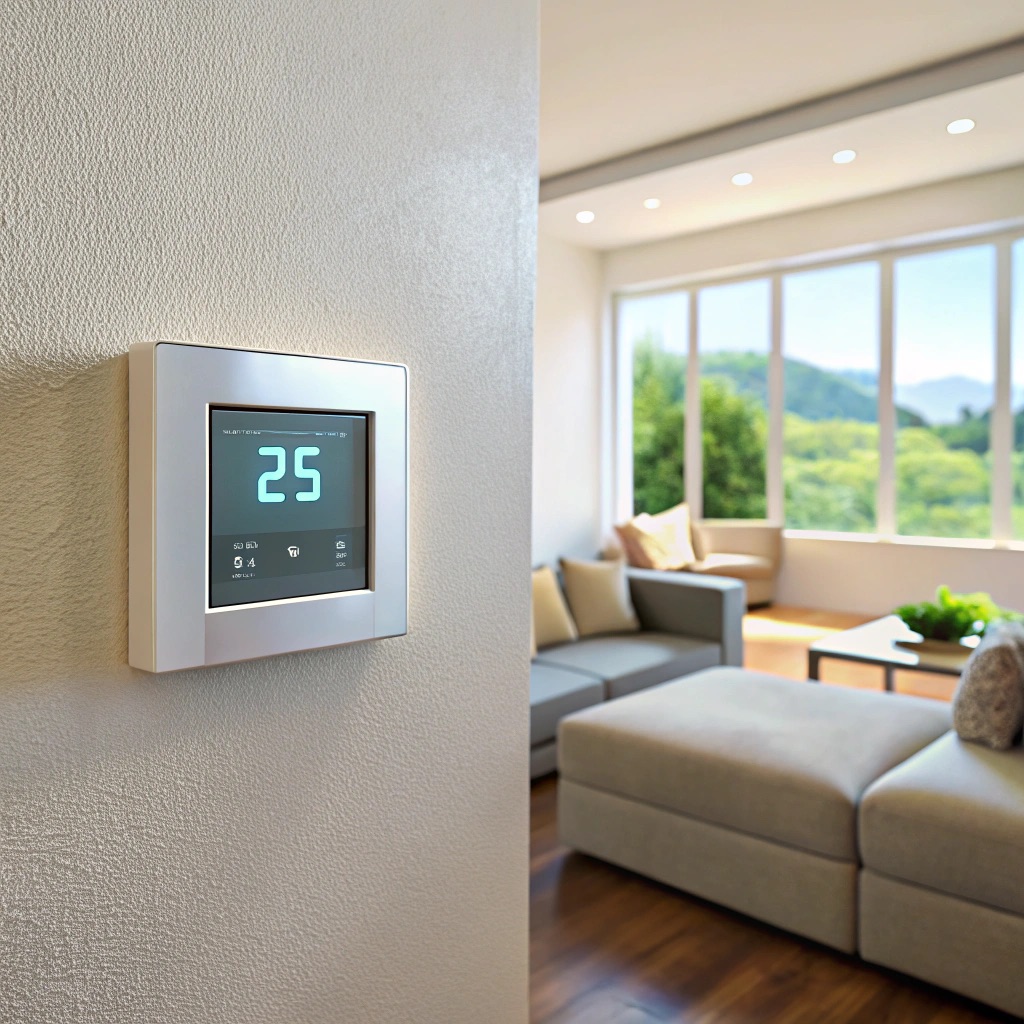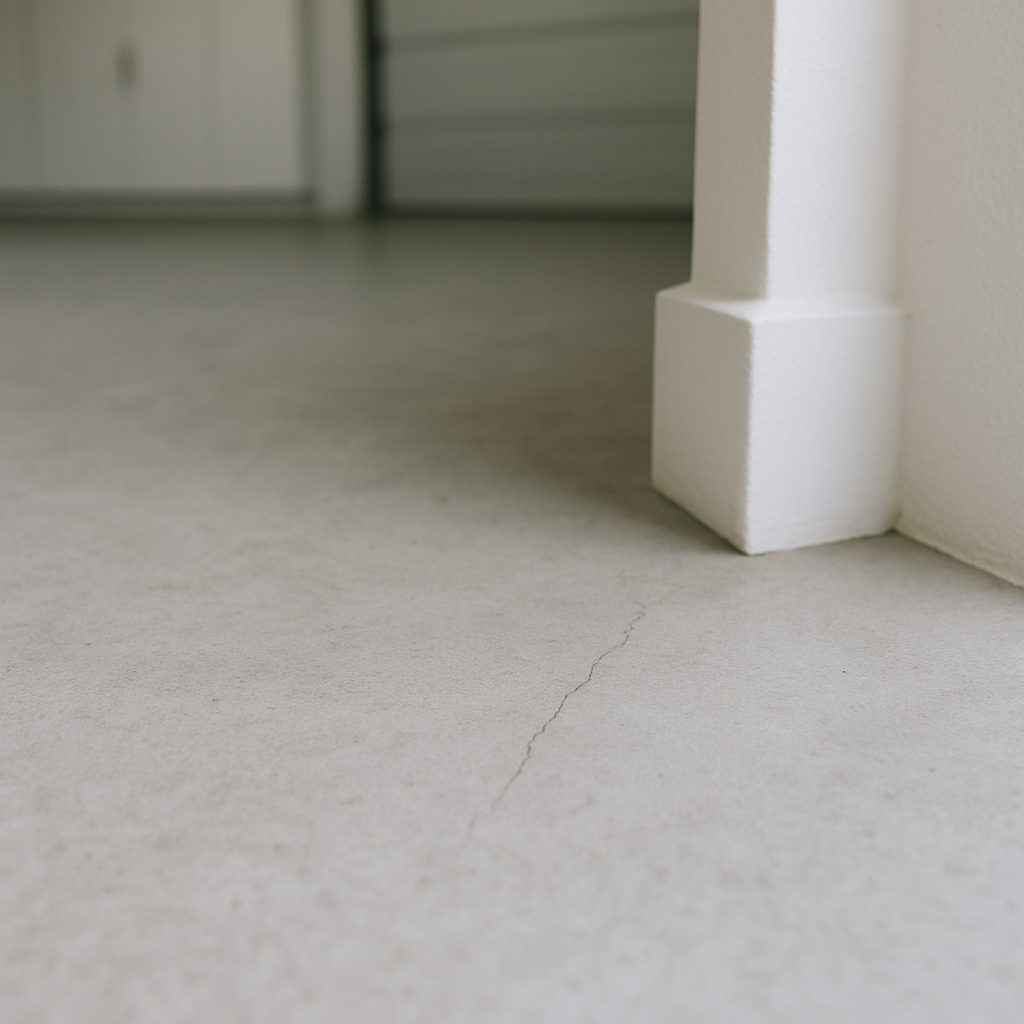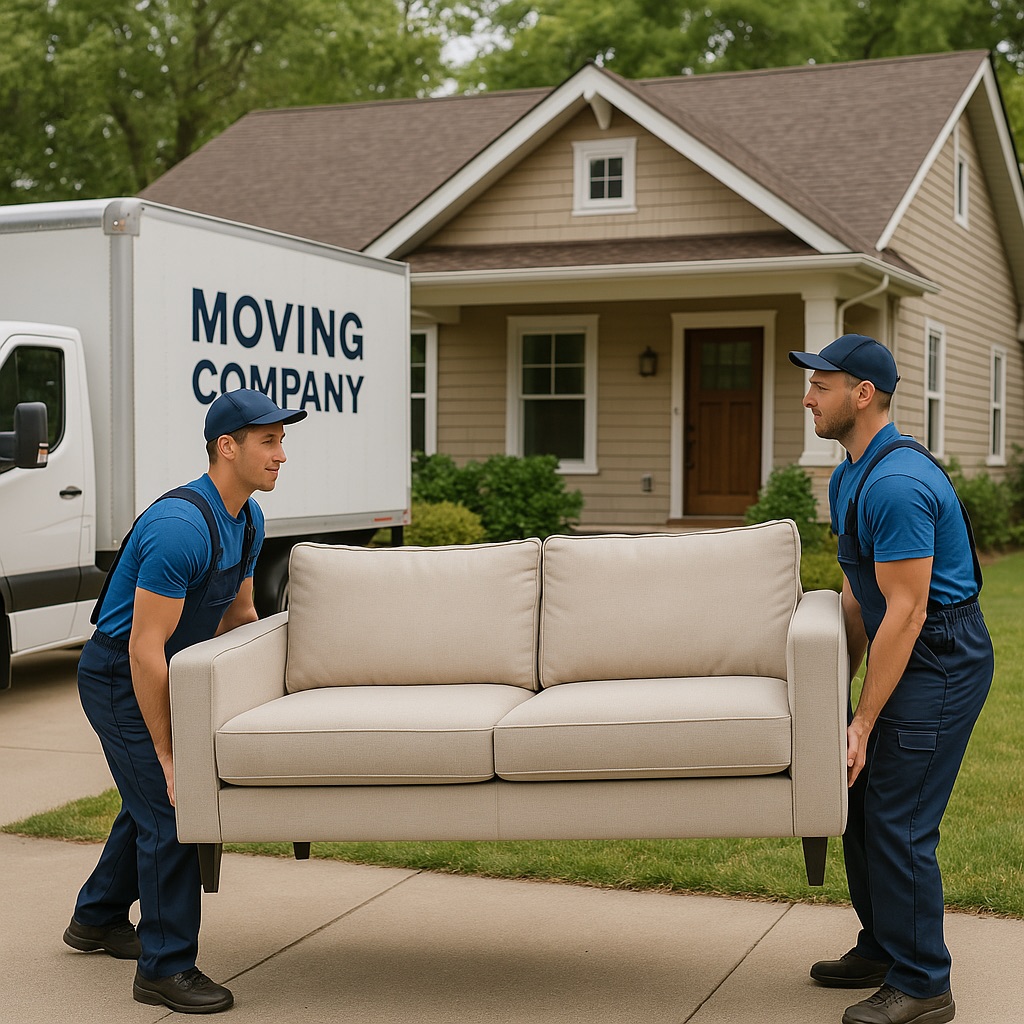Last updated on
Installing a pool is a big decision. You’ll create a place to make fond memories with your kids and host parties with everyone you love. You should also prepare for the costs of adding a pool to your property. Compare the pros and cons of above-ground and in-ground pool installations to make the best decision for your budget.
What's Inside
Everything You Should Know About Above-Ground Pool Costs

Above-ground models are economical for numerous reasons, but there are also a few financial drawbacks.
1. They Cost Less Than In-Ground Alternatives
The average above-ground pool costs between $1,600-$7,500 to install, depending on factors like the pool’s size. If you set up the pool yourself, the final price tag will be even more affordable. Boxed pools come with instructions anyone can follow. You could also read online copies of instructions for free before deciding if that’s a project you can manage.
2. Above-Ground Pools Have Design Options
People may think above-ground pools aren’t as customizable as in-ground models, but they have design options. They come in different colors, patterns and sizes. You can always add decking, fencing and landscaping around them, as well. Add-ons like slides are also possible if you have room in your budget.
3. They May Need Replacing Sooner
Above-ground pools last around 10 years with regular maintenance. If you don’t care for the lining or your pool encounters years of extreme weather, your pool may not last that long. While both pools require maintenance, an above-ground model’s exposure and material selections make it less durable over time.
4. Long-Term Maintenance Is Standard
You’ll need to test your water to ensure it’s a safe pH level for swimming. You can test it every week or every day, depending on how often you swim and influencing factors like intense rain storms. Your upkeep costs will also change depending on whether you need chemicals or salt to treat it.
If you’re worried about paying an additional insurance fee, you may also save money there. Above-ground pools with permanent installations count toward the “other structures” part of standard homeowner’s insurance policies. You’ll likely only need personal property coverage if the pool is removable. Contact your town government for more information about whether insurance is a requirement for pools in your neighborhood.
5. Your ROI Isn’t Certain
Above-ground pools typically don’t have any return on investment (ROI) value for a few reasons. Some people don’t like how they look, so selling your home may be more challenging with one in your yard. Licensed appraisers also don’t include above-ground pools in their estimates if they aren’t permanent structures. You may not get most of your investment back, but it could be worth it if you create years of fun summer memories instead.
Financial Implications of Installing an In-Ground Pool
Adding an in-ground pool to your property is an extensive project. Consider what it may cost before jumping into the pool of your dreams.
1. Your ROI May Be Better
Pools have an average ROI of 5%-56%, which changes with factors like your pool type and the local real estate market. In-ground pools can retain a higher ROI because they’re permanent installations. They’re also popular with homebuyers due to their luxury appeal. The average in-ground pool project costs between $30,000-$80,000, but the ROI potential makes the price worth it for many people beyond the aesthetic appeal.
2. The Pool Could Have More Design Options
In-ground pools may come in more flexible designs. They’re installations specific to each property, so you can design the pool around your house’s shape and existing permanent structures. Material choices also have more flexibility because you’ll have the final say over details like concrete, lining and filter placement.
3. You’ll Likely Have to Pay for a Permit
Permits ensure homeowners build things on their properties without endangering themselves or their neighbors. In-ground pools are an extensive project, so check your town or county government website for guidance regarding permit applications. After paying the related fee, you can legally start your project.
4. Maintenance Comes With Extra Steps
You won’t only have to care for the water in your in-ground pool. You’ll also have to monitor the concrete around it. Weathering and water exposure can form cracks that ruin the surface. If the cracks run deeper, you could face extensive damage behind your pool’s liner. Power washing and sealing could become part of your future to maintain the concrete, depending on what your pool installation team recommends.
5. Your Pool Will Use Energy
Pools should have a pH level between 7.0 and 7.6, and clean water to be safe for swimming. While you’ll have to do the same water testing and treatment steps as an above-ground pool, your in-ground model will also have an extensive filtration system.
The filters only catch debris while your pump is running, so the long-term electricity cost of an in-ground pool will likely be higher. While you don’t have to run your pump all day, every day, it may be optimal if you live in an area with lots of leaves, pine straw or other debris.
Feel Confident Choosing Between Above-Ground and In-Ground Pools
Both types of pools can be excellent choices for any family. The best decision depends on your property size, budget and aesthetic preferences. Talk with your family to see what they’d like too. You’ll know what’s best for you once you compare quotes from pool installation companies in your area.




